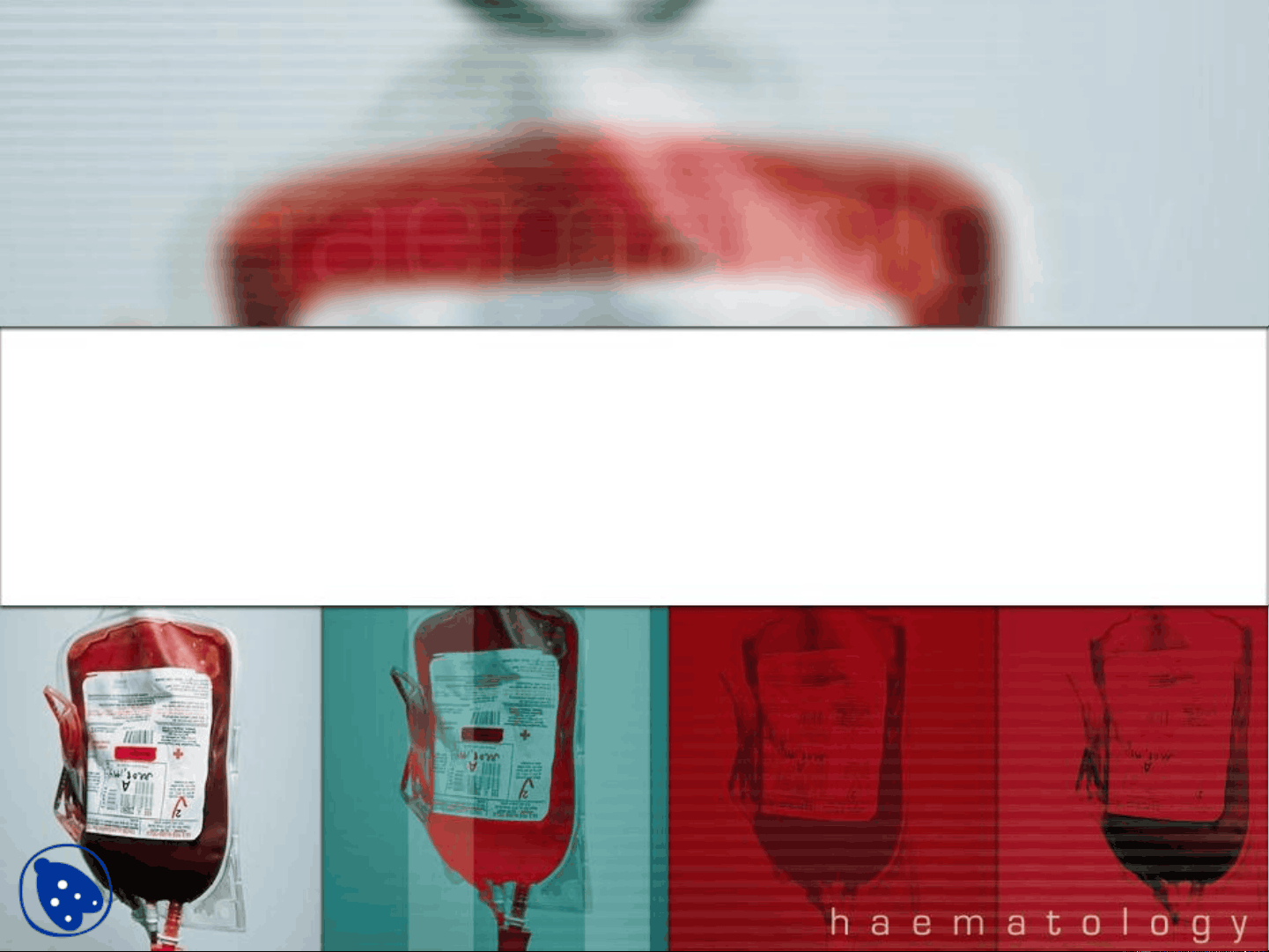
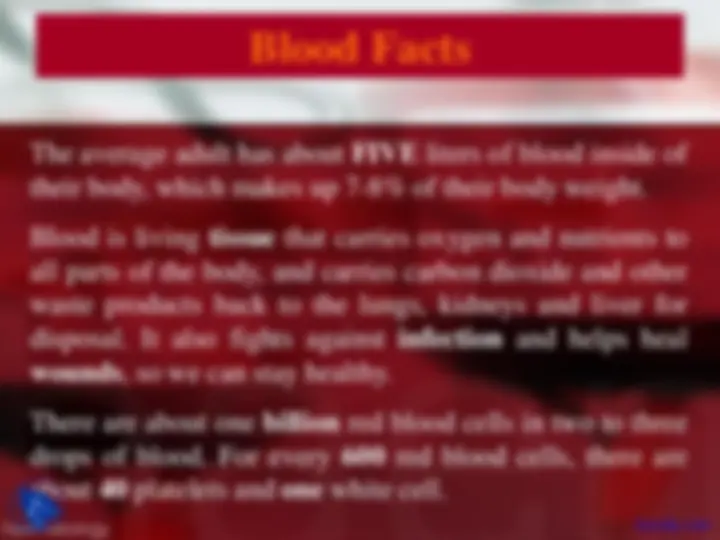
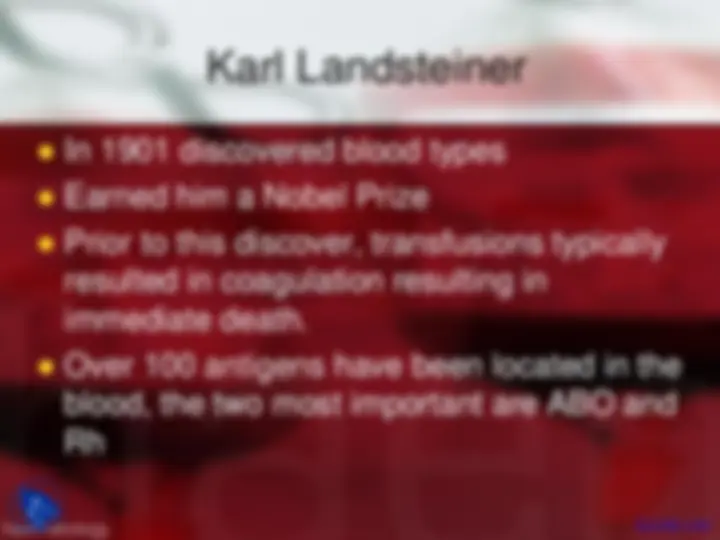
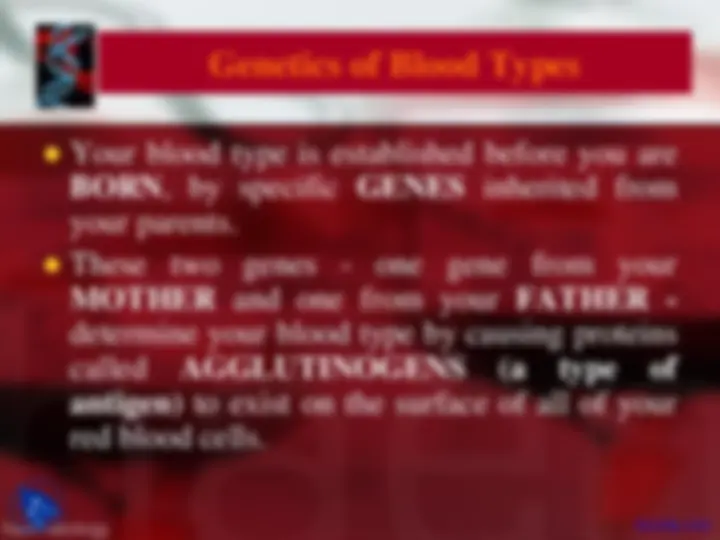
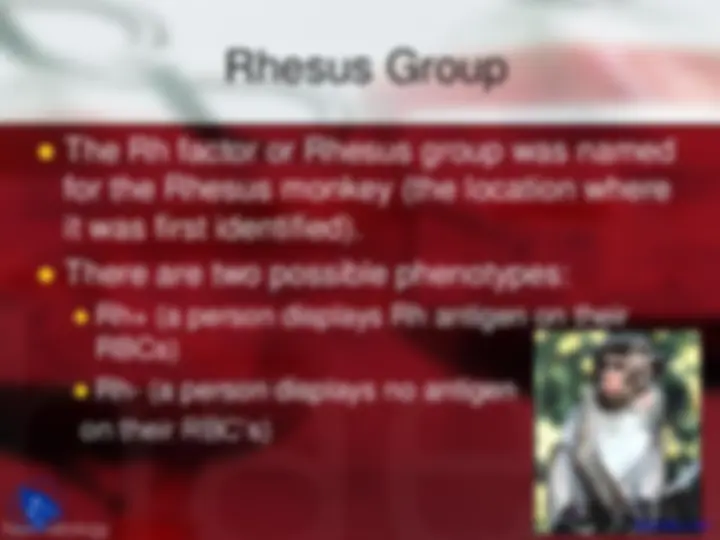
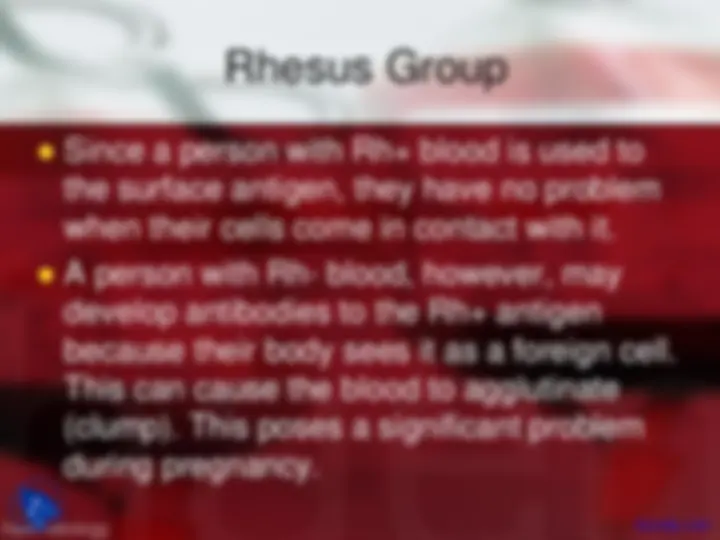
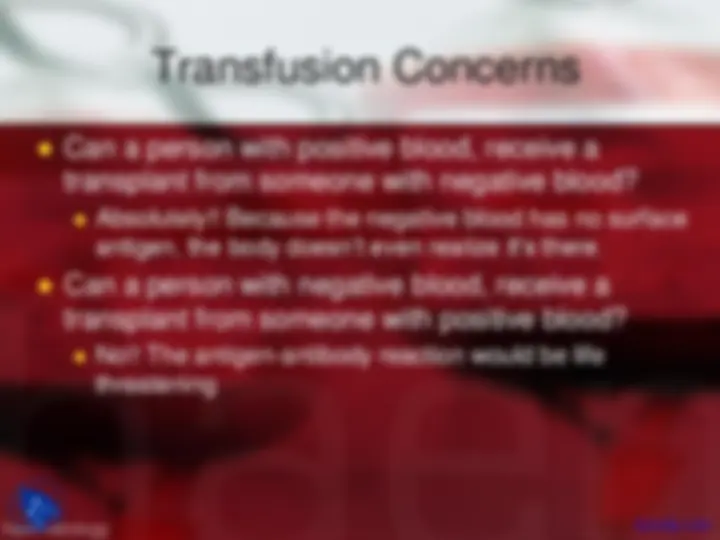
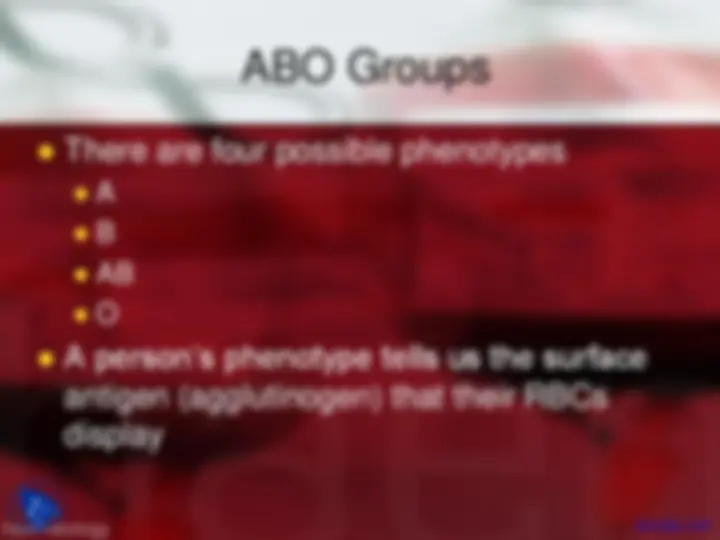
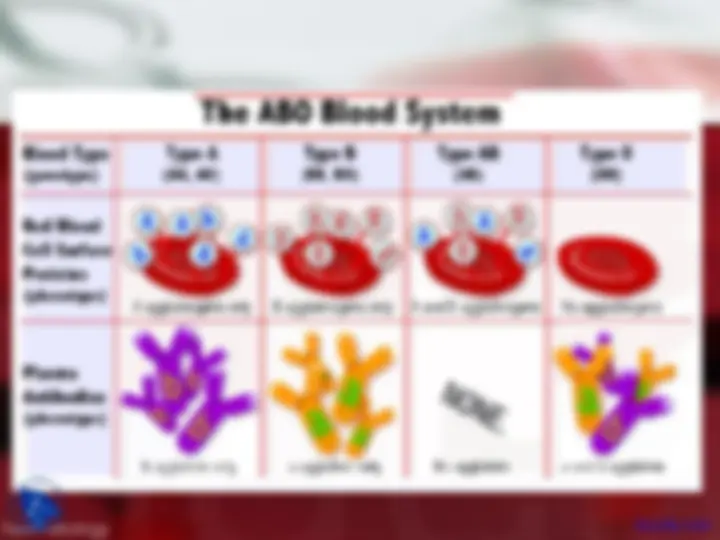

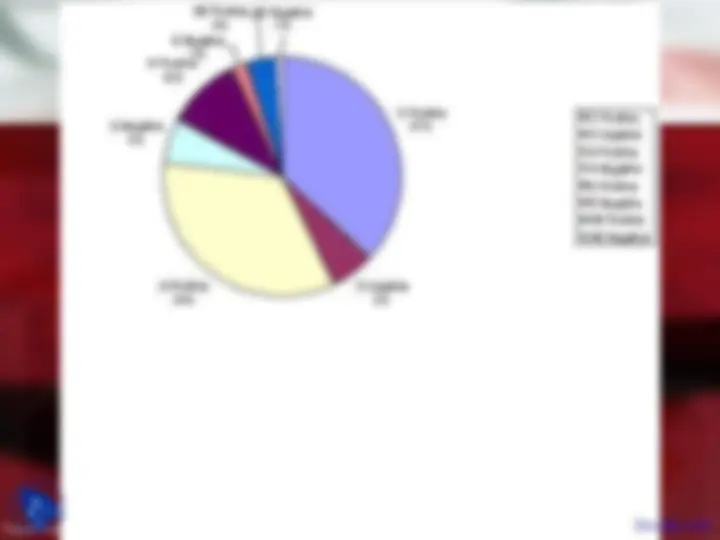
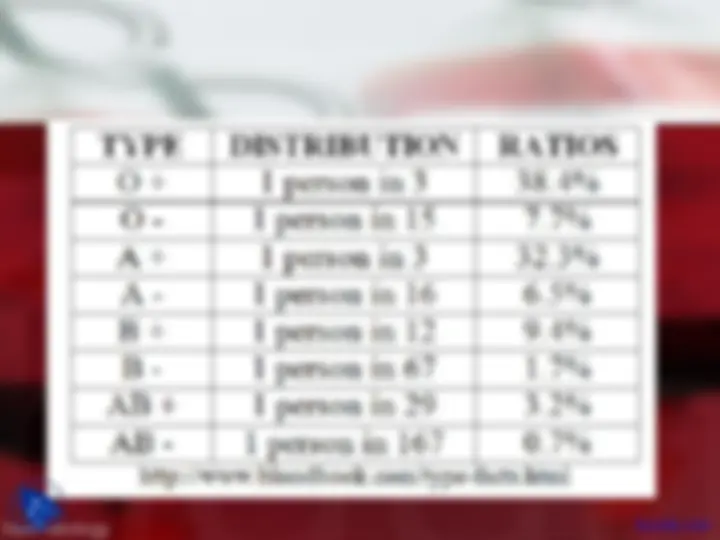

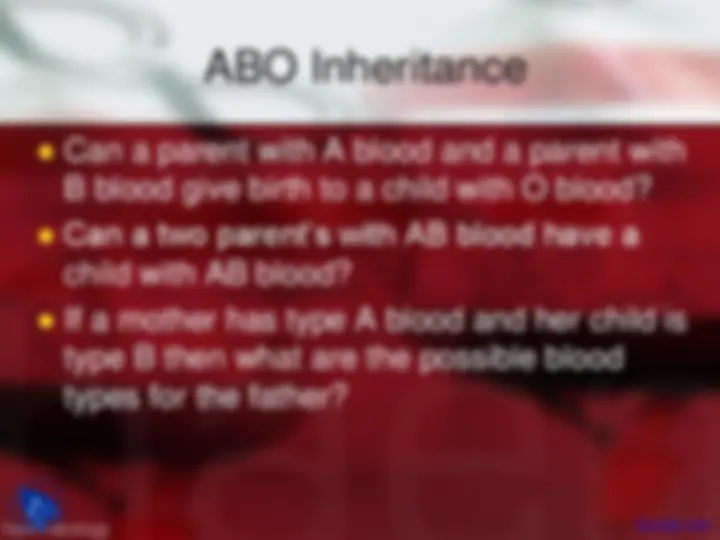
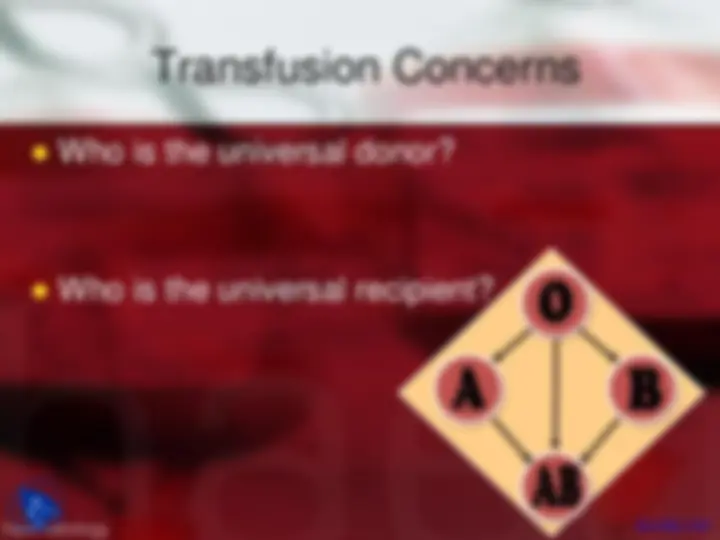
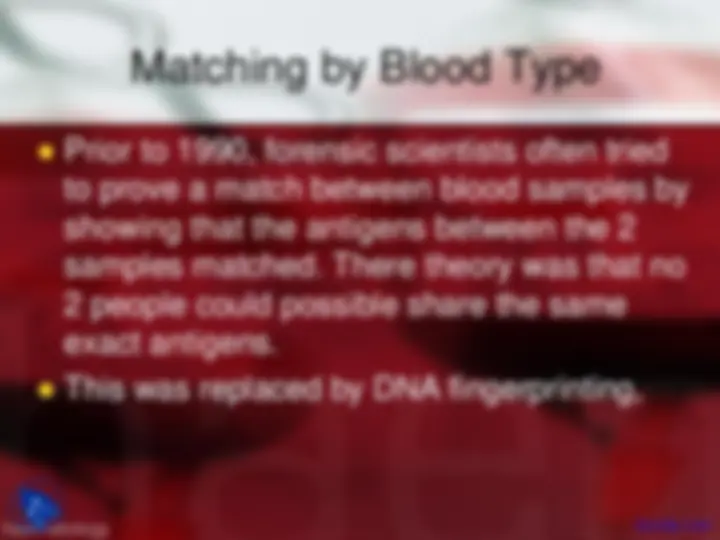
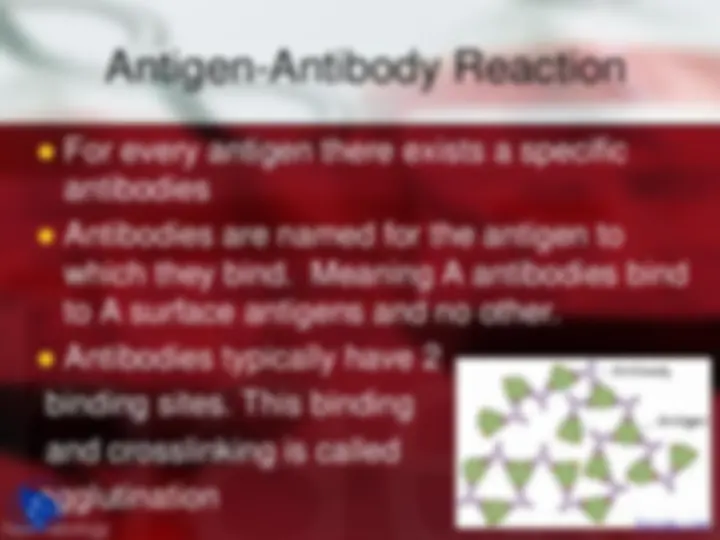
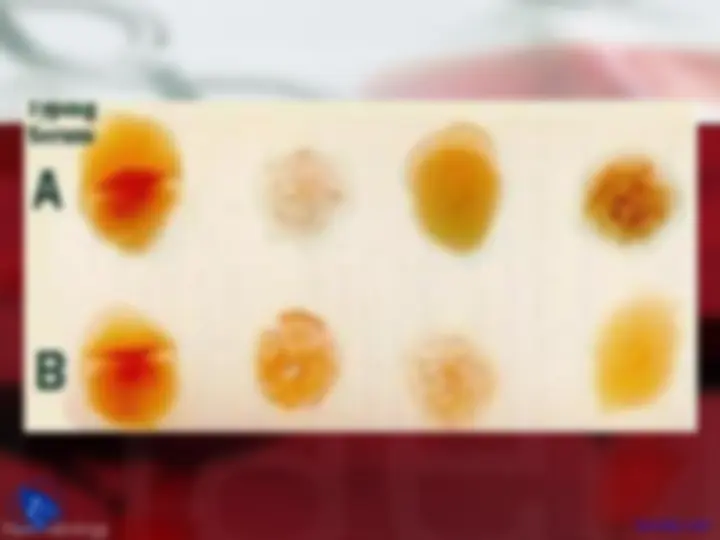
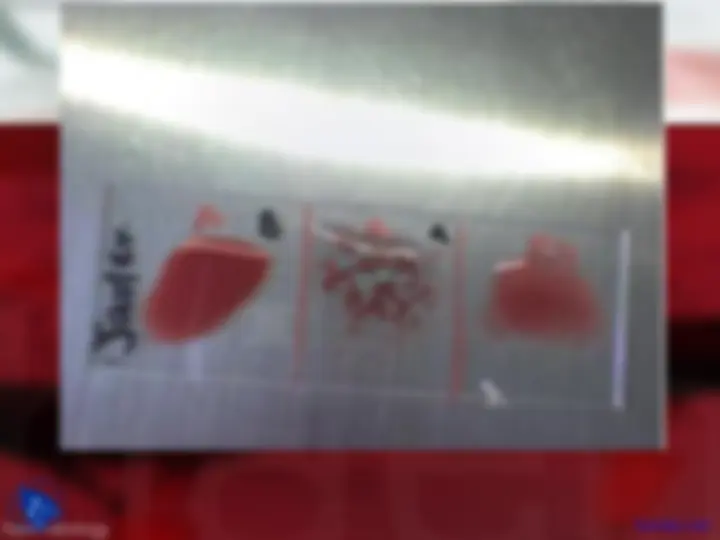


Study with the several resources on Docsity

Earn points by helping other students or get them with a premium plan


Prepare for your exams
Study with the several resources on Docsity

Earn points to download
Earn points by helping other students or get them with a premium plan
Community
Ask the community for help and clear up your study doubts
Discover the best universities in your country according to Docsity users
Free resources
Download our free guides on studying techniques, anxiety management strategies, and thesis advice from Docsity tutors
Forensic science (often shortened to forensics) is the application of a broad spectrum of sciences and technologies to investigate and establish facts of interest in relation to criminal or civil law. This lecture includes: Blood Basics, Red Blood Cells, White Blood Cells, Erythrocytes, Leukocytes, Infectious Agents, Plasma, Platelets, Thrombocytes, Yellowish Liquid Portion
Typology: Slides
1 / 26

This page cannot be seen from the preview
Don't miss anything!



















RED BLOOD CELLS (Erythrocytes) – The most abundant cells in our blood; they are produced in the bone marrow and contain a protein called hemoglobin that carries oxygen to our cells. WHITE BLOOD CELLS (Leukocytes ) – They are part of the immune system and destroy infectious agents called pathogens. PLASMA – This is the yellowish liquid portion of blood that contains electrolytes, nutrients and vitamins, hormones, clotting factors, and proteins such as antibodies to fight infection. PLATELETS (Thrombocytes ) – The clotting factors that are carried in the plasma; they clot together in a process called coagulation to seal a wound and prevent a loss of blood.
In 1901 discovered blood types
Earned him a Nobel Prize
Prior to this discover, transfusions typically resulted in coagulation resulting in immediate death.
Over 100 antigens have been located in the blood, the two most important are ABO and Rh
Your blood type is established before you are BORN , by specific GENES inherited from your parents.
These two genes - one gene from your MOTHER and one from your FATHER - determine your blood type by causing proteins called AGGLUTINOGENS (a type of antigen) to exist on the surface of all of your red blood cells.
A person’s blood type has two components:
ABO group Rhesus (Rh) factor
The Rh factor or Rhesus group was named for the Rhesus monkey (the location where it was first identified).
There are two possible phenotypes:
Rh+ (a person displays Rh antigen on their RBCs) Rh- (a person displays no antigen on their RBC’s)
Can a person with positive blood, receive a transplant from someone with negative blood? Absolutely!! Because the negative blood has no surface antigen, the body doesn’t even realize it’s there. Can a person with negative blood, receive a transplant from someone with positive blood? No!! The antigen-antibody reaction would be life threatening
The Rhesus factor follows the rules of simple Mendelian inheritance.
There are two alleles (+ and -) with + being the dominant allele.
There are four possible phenotypes
A B AB O
A person’s phenotype tells us the surface antigen (agglutinogen) that their RBCs display
There are 3 possible alleles (A, B, O).
A and B are codominant over O.